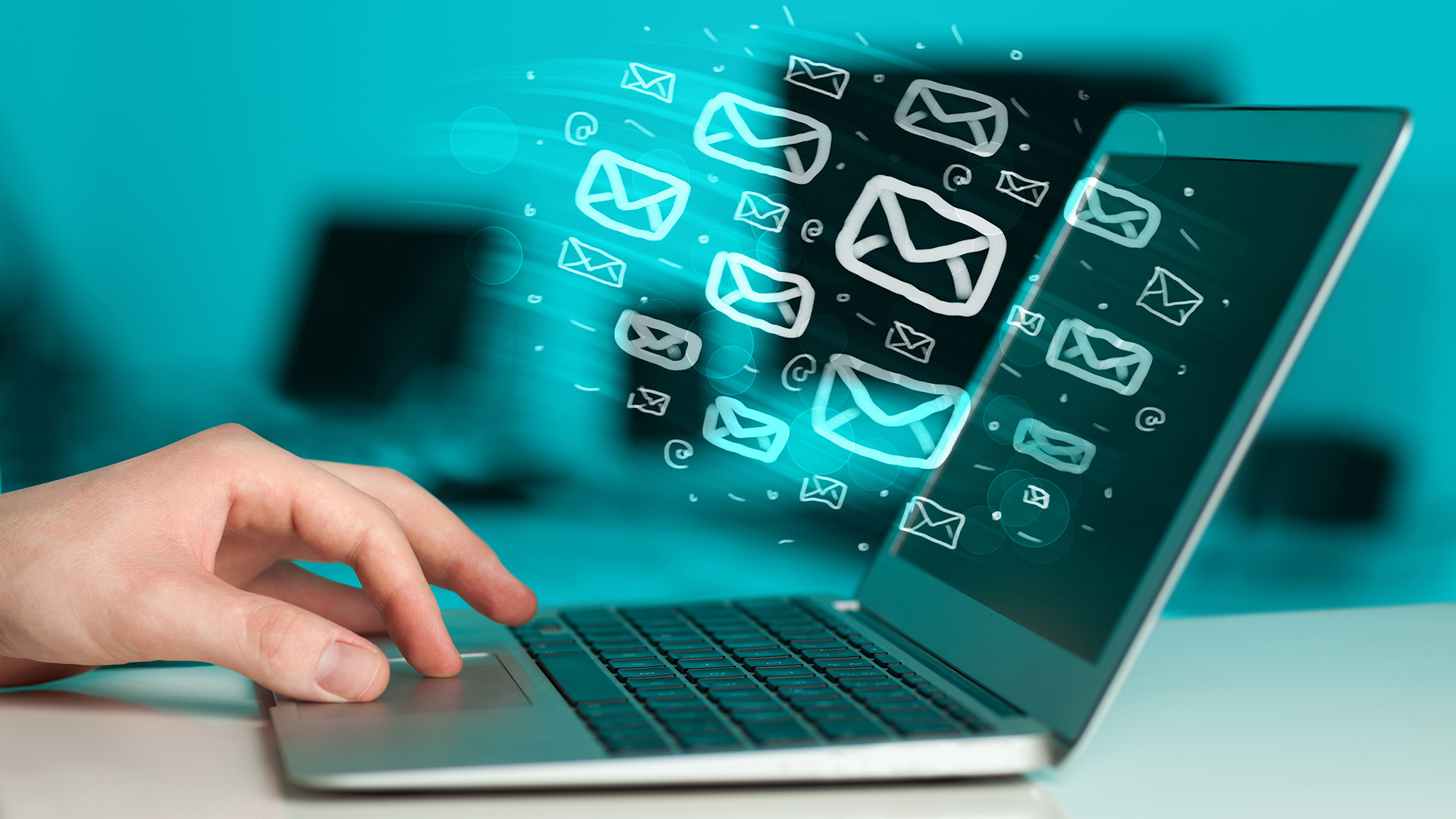5 tips for sending an email blast without getting blacklisted
Marketers need to plan carefully to ensure their email campaigns actually reach inboxes. Columnist Scott Heimes outlines five tips to help you avoid the dreaded blacklist.
 Email blasts can be effective, but only when executed properly. When email blasts are mishandled, brands risk being blacklisted by Internet Service Providers (ISPs) like Google or Yahoo; recipients either mark the messages as spam or the messages don’t meet the ISPs’ authentication requirements, among other factors.
Email blasts can be effective, but only when executed properly. When email blasts are mishandled, brands risk being blacklisted by Internet Service Providers (ISPs) like Google or Yahoo; recipients either mark the messages as spam or the messages don’t meet the ISPs’ authentication requirements, among other factors.
I’ve written before about the dreaded blacklist and how to decrease your risk of getting blacklisted from the inbox. Getting blacklisted not only damages your sending reputation, but it also decreases engagement with the subscribers who want to receive messages from that specific brand.
Before sending email blasts, marketers should put in the time and resources to ensure maximum efficiency. Below are five tips for sending blasts that will help ensure your email marketing messages get delivered to the most engaged recipients and keep brands off the blacklist.
1. Check your blacklist status regularly
Marketers don’t always automatically receive notifications when they’ve been blacklisted, so it’s up to the marketer to monitor their brand’s email sending reputation. There are a number of free online resources that marketers should utilize to check their blacklist status before sending an email blast, such as Barracuda Reputation Block List or MultiRBL.
Check these resources regularly to ensure that your IPs or domains aren’t on them, and act quickly if they are.
2. Only email blast recipients who have opted in
Sending unwanted mail, especially unwanted email blasts, is the fastest way to land on a blacklist. To avoid this, marketers can ensure they’re sending wanted email blasts by implementing double opt-in methods for new subscribers and creating preference centers for subscribers to choose what type of email they receive and how often.
3. Don’t send attachments in a blast
ISPs get suspicious when email blasts include attachments, so sending attachments in a blast increases your chances of getting blacklisted. Instead, as a best practice, include hyperlinks in an email blast versus an attachment. Links also makes it easier for marketers to track content engagement within the email.
4. Remove inactive users from your email list
Inactive users are more likely to report marketing email as spam. Marketers should be monitoring their lists frequently for inactivity to decrease this risk.
Keeping email lists updated with the most active users also helps maintain your sending reputation with ISPs and reduces the chances of landing on a blacklist.
5. Use SPF, DKIM and DMARC to authenticate your email
Marketers need to authenticate their email to prove to ISPs that their messages are legitimate, helping to ensure delivery to their subscribers. Sender Policy Framework (SPF) verifies a brand’s identity; DomainKeys Identified Mail (DKIM) verifies the message wasn’t tampered with in transmission; and Domain Based Authentication Reporting and Conformance (DMARC) requires both SPF and DKIM approval in order to authenticate.
Marketers should keep these tips in mind when looking to send their next email blast. And always practice clean email list hygiene, and use authentication protocols, to ensure maximum delivery for any email marketing campaign.
Following the email blasting practices above will enable marketers to send more messages that resonate with subscribers while protecting their brand and email domain from ending up on blacklists.
Contributing authors are invited to create content for MarTech and are chosen for their expertise and contribution to the martech community. Our contributors work under the oversight of the editorial staff and contributions are checked for quality and relevance to our readers. The opinions they express are their own.
Related stories